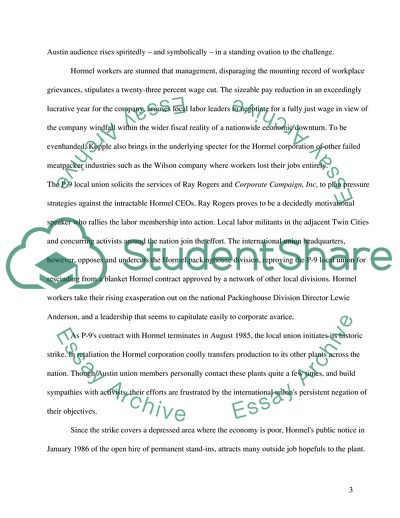Cite this document
(The American Dream Documentary Movie Review Example | Topics and Well Written Essays - 1500 words, n.d.)
The American Dream Documentary Movie Review Example | Topics and Well Written Essays - 1500 words. https://studentshare.org/history/1704007-labor-study
The American Dream Documentary Movie Review Example | Topics and Well Written Essays - 1500 words. https://studentshare.org/history/1704007-labor-study
(The American Dream Documentary Movie Review Example | Topics and Well Written Essays - 1500 Words)
The American Dream Documentary Movie Review Example | Topics and Well Written Essays - 1500 Words. https://studentshare.org/history/1704007-labor-study.
The American Dream Documentary Movie Review Example | Topics and Well Written Essays - 1500 Words. https://studentshare.org/history/1704007-labor-study.
“The American Dream Documentary Movie Review Example | Topics and Well Written Essays - 1500 Words”. https://studentshare.org/history/1704007-labor-study.


